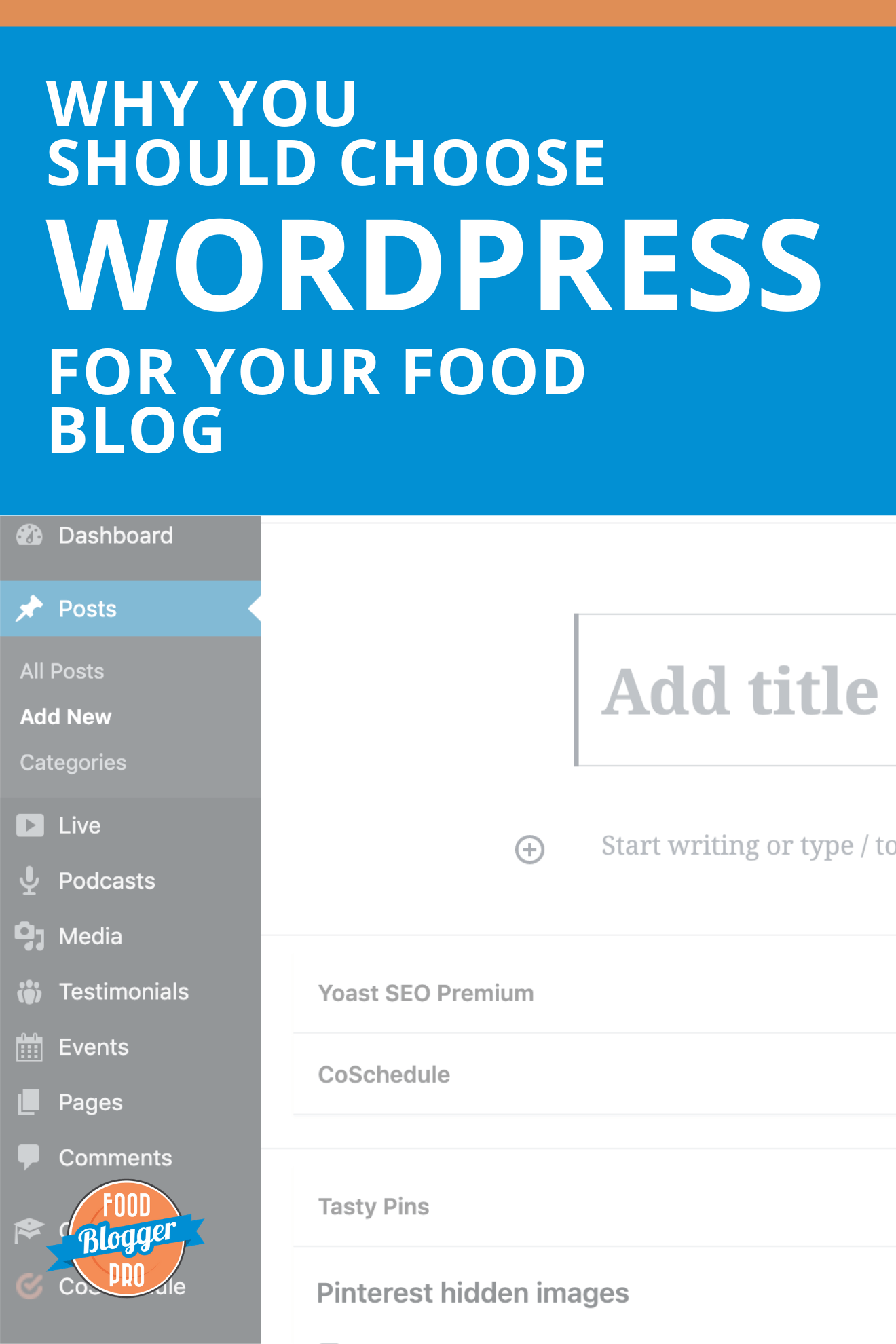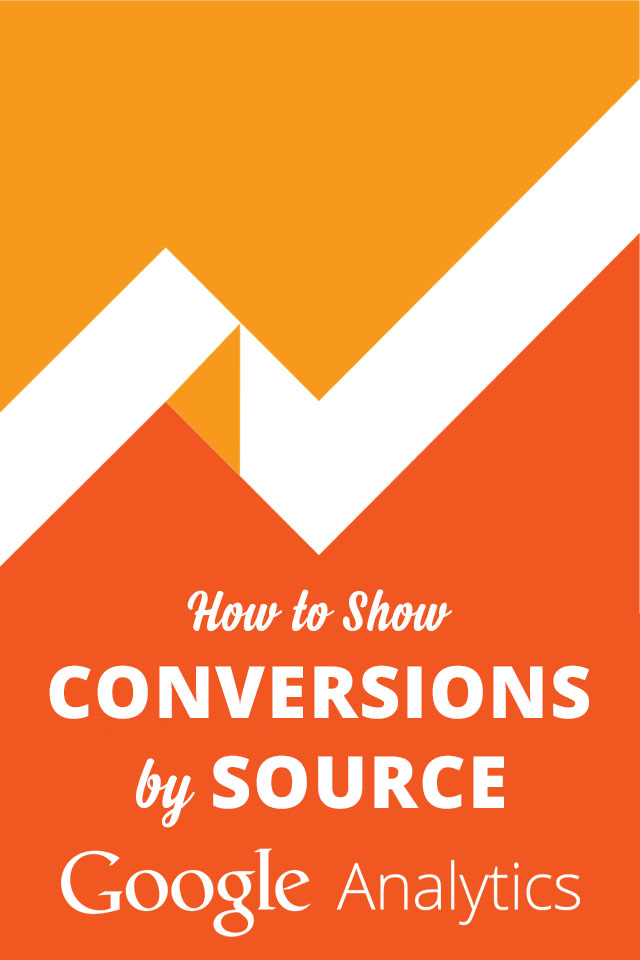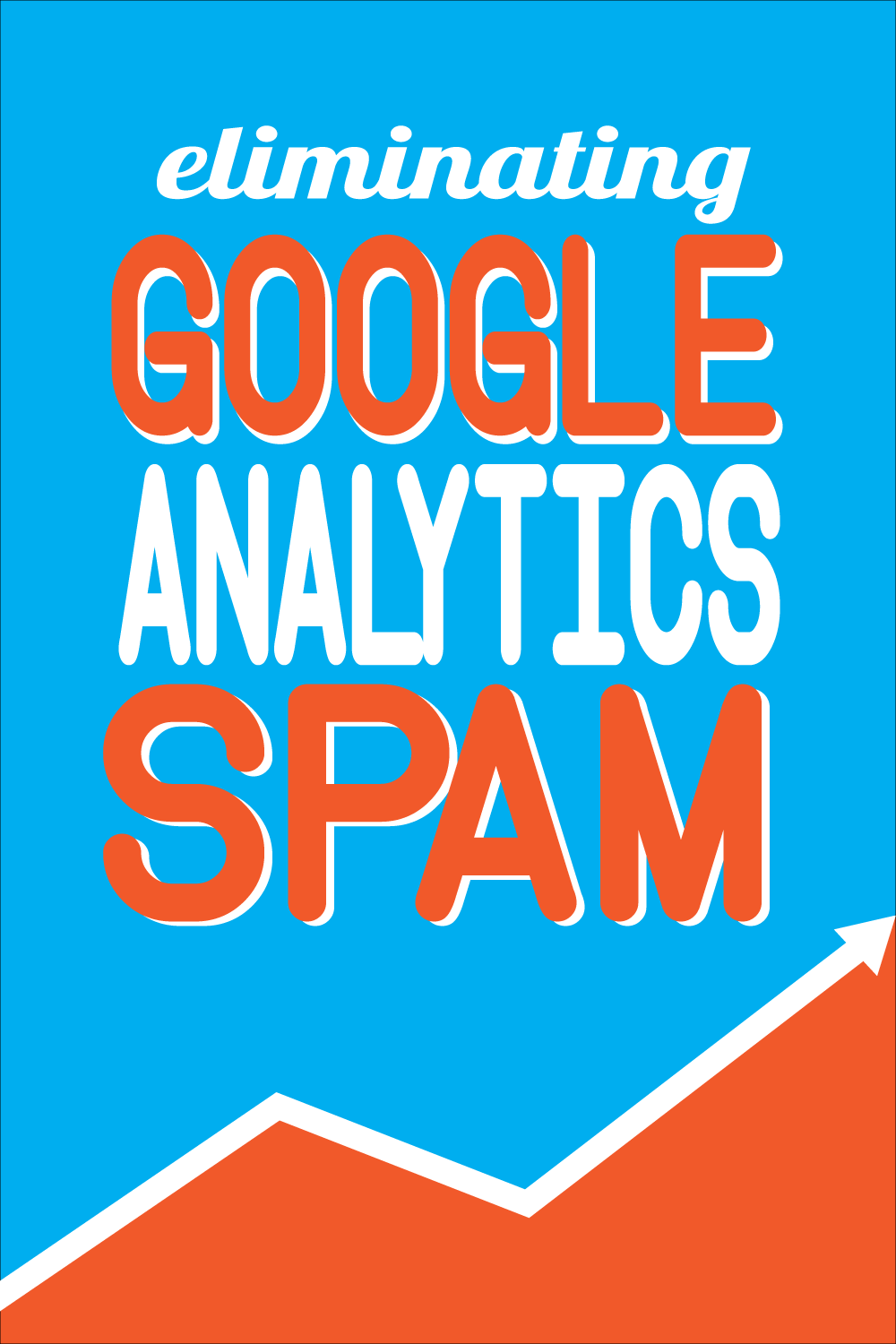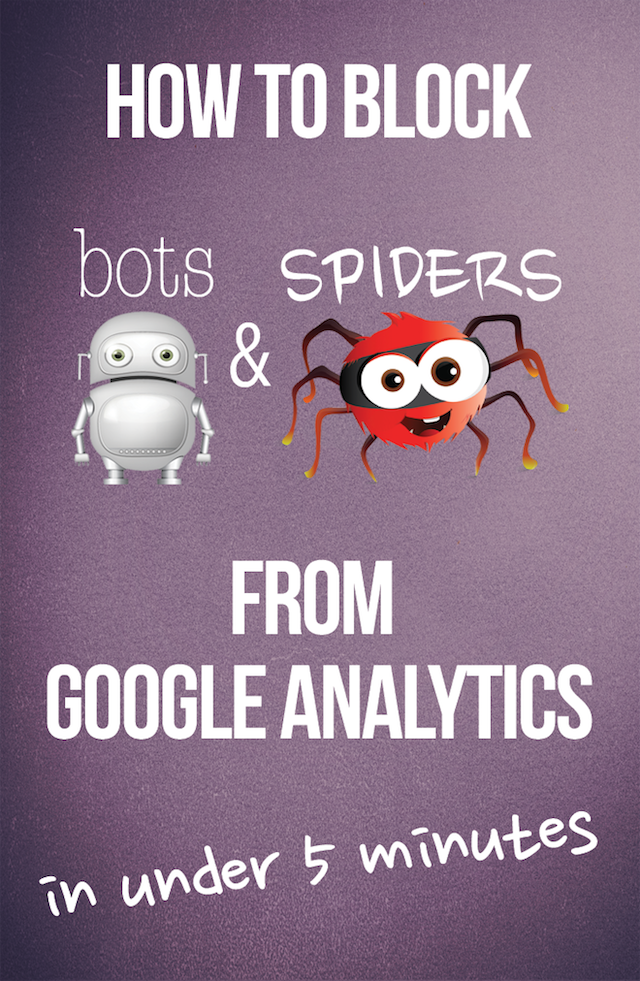
When you want to start a food blog, one of the most important first decisions you need to make is which platform you’re going to use to build your blog.
If you think of your food blog like your cell phone, your blogging platform acts like an operating system (iOS, Android, etc.). You need a place for your content – your posts, your images, your pages – to live. And that place is your blogging platform (also called a Content Management System or CMS).
There are a bunch of different options available to bloggers these days, but we prefer WordPress. It’s what we use for our food blog, Pinch of Yum, and it’s actually the platform we use to run this membership site.



